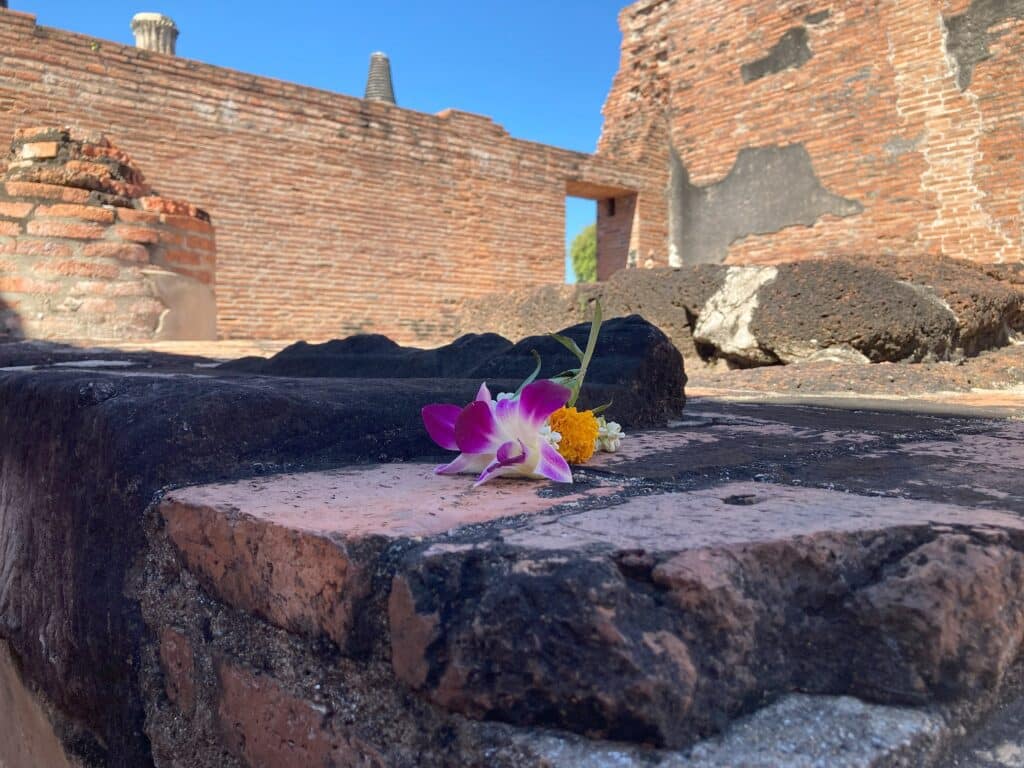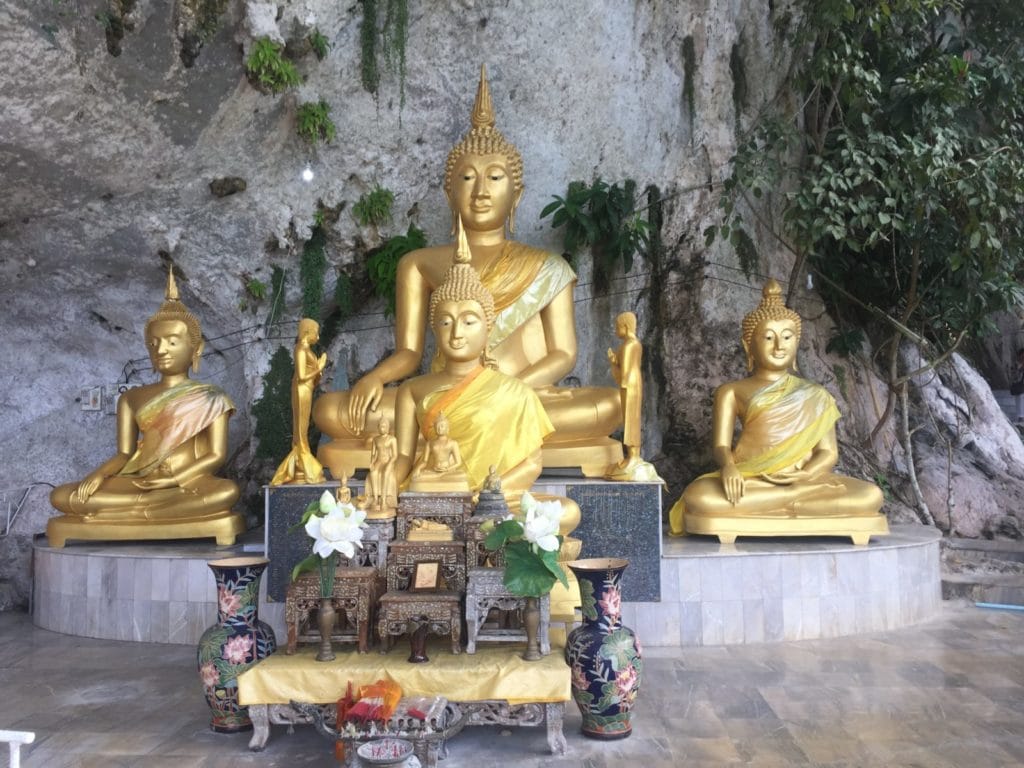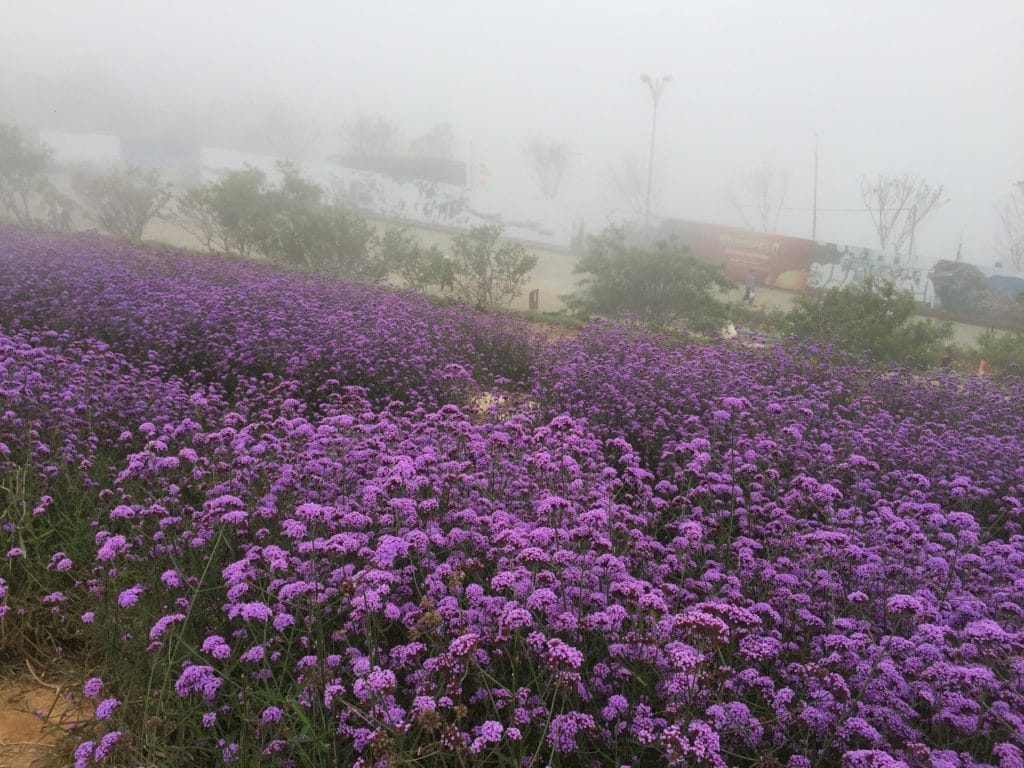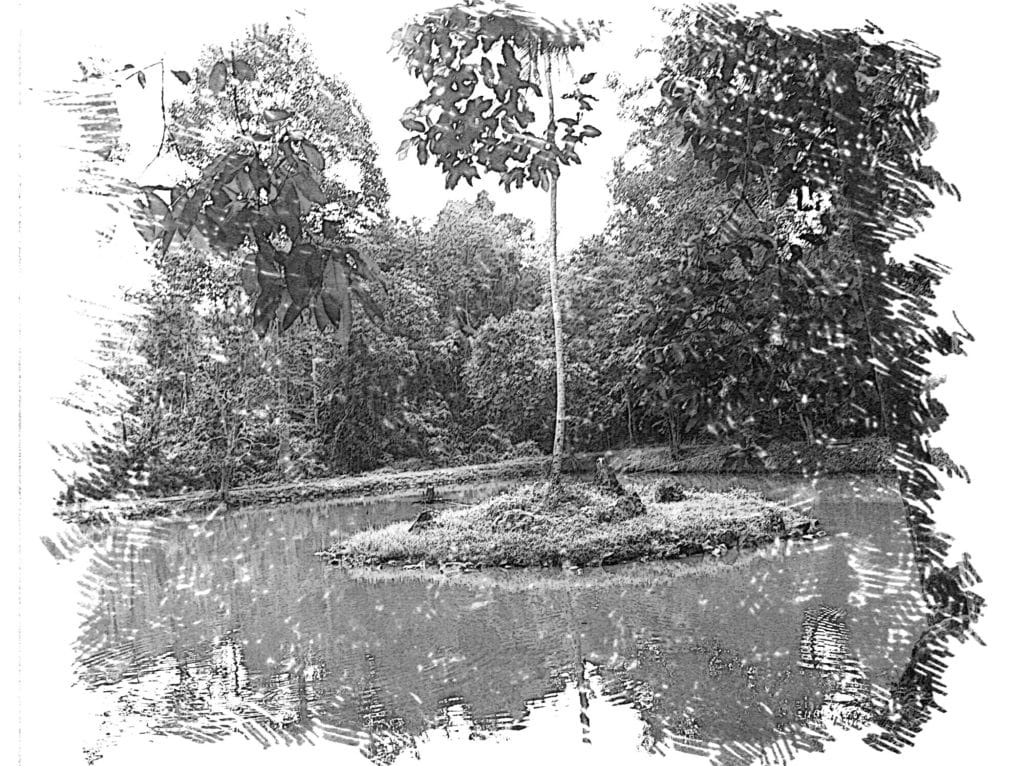Take a Glimpse into Wat Maha That and Wat Ratcha Burana Temples’ Splendor
Enriching Buddha’s Land
In the rich tapestry of Thailand’s cultural history, the cities of Ayutthaya and Bangkok stand as vital threads. Embracing Buddha’s teachings, Ayutthaya, once the royal capital, holds two timeless jewels – Wat Maha That and Wat Ratcha Burana. These historical architectural marvels express a compelling narrative of Thailand’s fascinating Buddhist history.
Wat Maha That: Beholding Serenity
Nestled in the heart of Ayutthaya, Wat Maha That, or “temple of the great relic,” beckons scores of visitors each year. With origins dating back to the late 14th century, this temple is a profound testament to the timeless legacy of Thai Buddhism. Stepping inside, you’re ushered into a hallowed space where ancient stone structures stand, whispering tales of a bygone era.
Perhaps the most iconic feature of Wat Maha That is the stone Buddha head entangled within the roots of a Bodhi tree. This emblematic image encapsulates the profound endurance and adaptability of Buddhism.
Wat Ratcha Burana: Echoes of the Past
A short stroll from Wat Maha That leads onlookers to Wat Ratcha Burana. Constructed in the early 15th century, Wat Ratcha Burana stands as a memorial, erected by King Borom Ratchathirat II in honor of his elder brothers.
The temple’s architectural ingenuity radiates from its prang (tower), adorned with intricate stucco decorations that have withstood the test of time. Delving into the crypt, visitors encounter ancient murals and Buddha images, transporting them back to the era of Ayutthayan royalty.
The Ayutthaya Period: Majesty and Renovation
To appreciate Wat Maha That and Wat Ratcha Burana fully, it’s essential to delve deep into the Ayutthaya period. This era of Thai history (1350-1767) was marked by significant territorial expansion, flourishing trade, and a profound cultural renaissance, especially in art and architecture.
Wat Maha That and Wat Ratcha Burana were architectural masterpieces born out of this period, embodying the blend of varied styles. These temples not only served as religious centers but also played pivotal roles in societal and economic life.
During the Ayutthaya period, Buddhism permeated society at every level. The Buddhist doctrine of merit-making became part of daily life, prompting a surge in temple construction. As a result, Wat Maha That and Wat Ratcha Burana benefitted from constant renovations and additions, cementing their places in the tapestry of Thai history.
Thailand
Thailand’s history spans millennia, traced back to the Bronze age, around 3,000 BC. However, the cradle of its current identity and nationhood arguably began with the establishment of the Sukhothai Kingdom in the 13th century. This era is regarded as the “golden age” of Thai culture, during which the Thai language and alphabet were developed. This was followed by the Ayutthaya Kingdom in the 14th century, which saw significant cultural, architectural, and geopolitical development.
The country experienced both tremendous growth and unforeseen invasions until the late 18th century when the Rattanakosin Kingdom, the current ruling monarchy, was established with Bangkok as its capital. Thailand is the only Southeast Asian country never to have been colonized, aided by the diplomacy of the modernizing monarchs of the late 19th and early 20th centuries. Today, Thailand is a constitutional monarchy, balancing modernization with a profound and enduring respect for its rich history and tradition.
Cradles of Buddhism
Wat Maha That and Wat Ratcha Burana reflect the prestige of the Ayutthaya period and serve as constant reminders of Thailand’s resilient Buddhist heritage. These temples nourish our inquisitiveness, coaxing us towards the path of understanding and inner peace.
As we marvel at these historical milestones, let us remember to not only learn from the past but also to apply Buddha’s teachings in our modern lives. After all, reaching out to our history, reflecting upon it, and imbuing it in our life is the essence of our growth, physically and spiritually.
Join me on my Mindfulness Journey
Share



